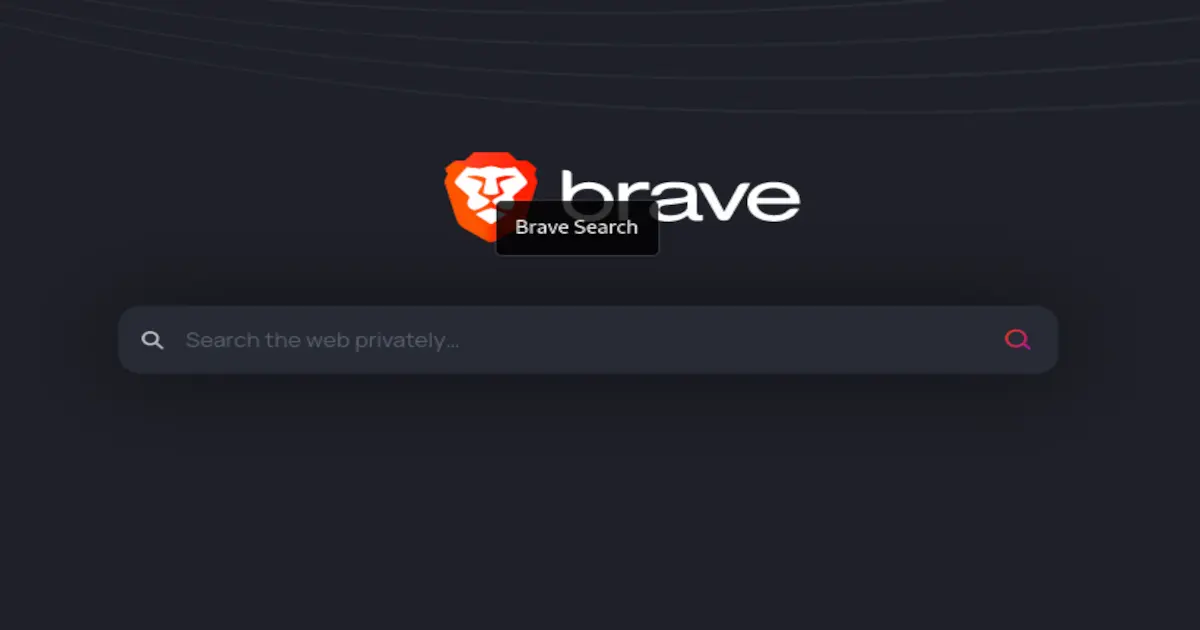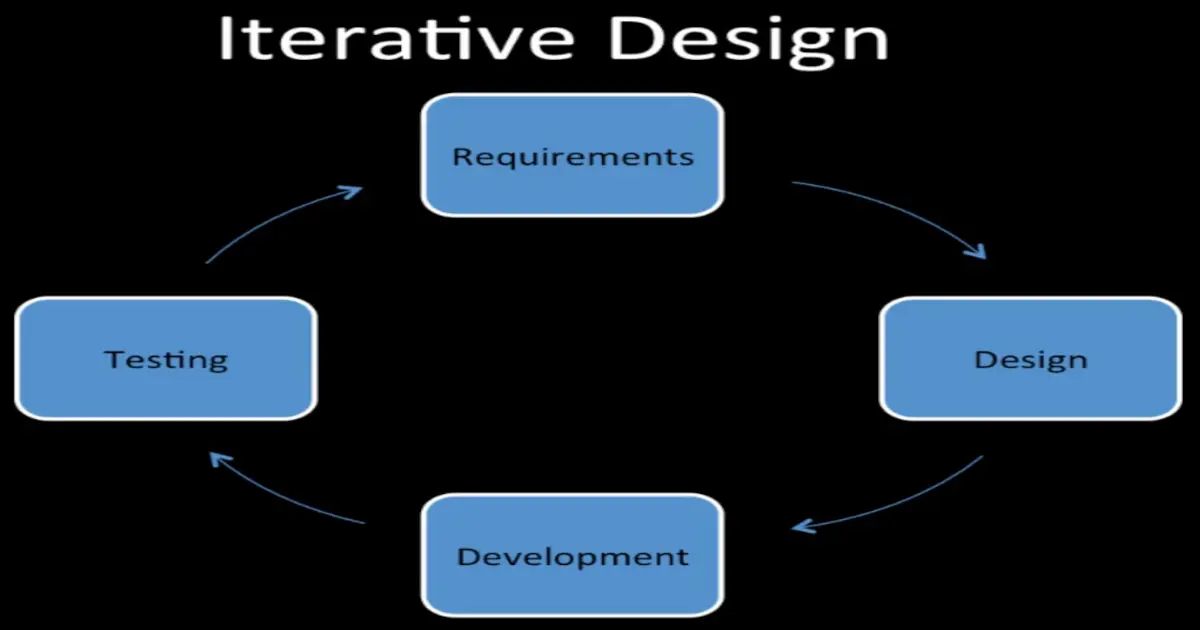UOM Cybersecurity Specialization
Cybersecurity Specialization is an advanced course offered by University of Maryland. It dives deep into the core topics related to software security, cryptography, hardware etc.
Info
My progress in this specialization came to a halt after completing the first course, primarily because the subsequent courses were highly advanced and required background knowledge that I lacked. I will resume my journey once I feel confident in possessing the necessary expertise to tackle those courses.
1. Usable Security
This course is all about principles of Human Computer Interaction, designing secure systems, doing usability studies to evaluate the most efficient security model and much more…


